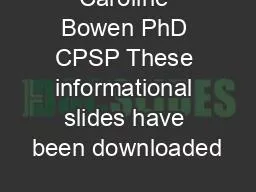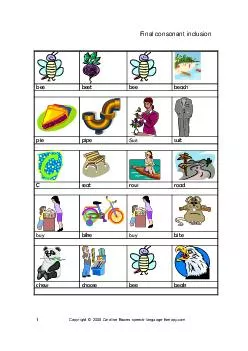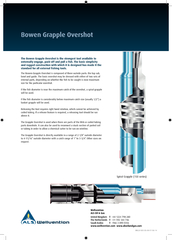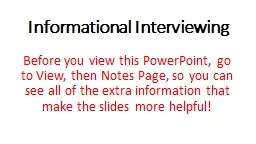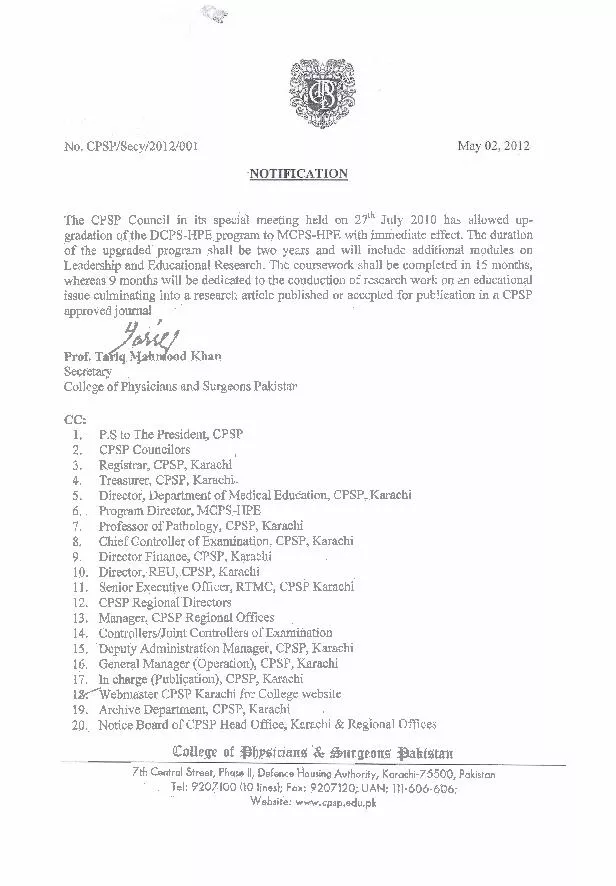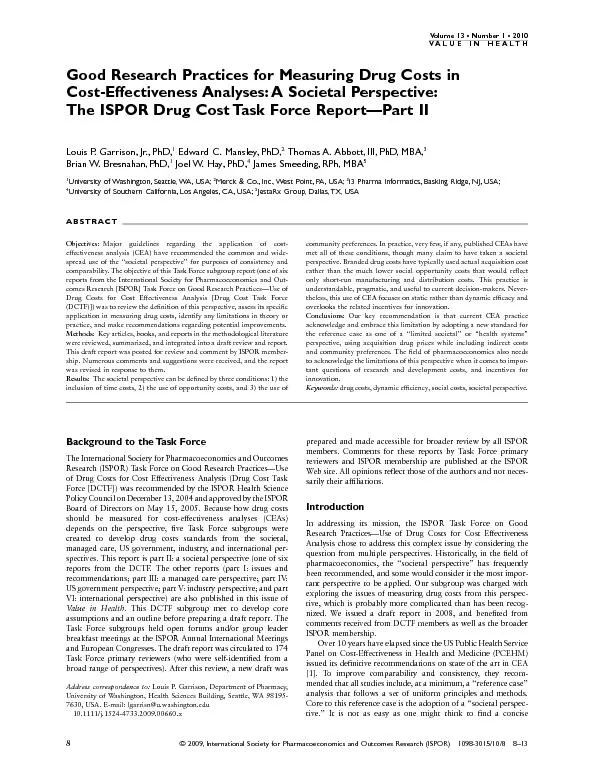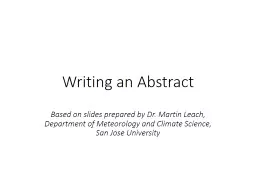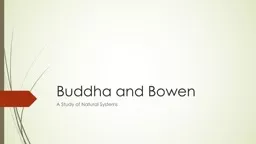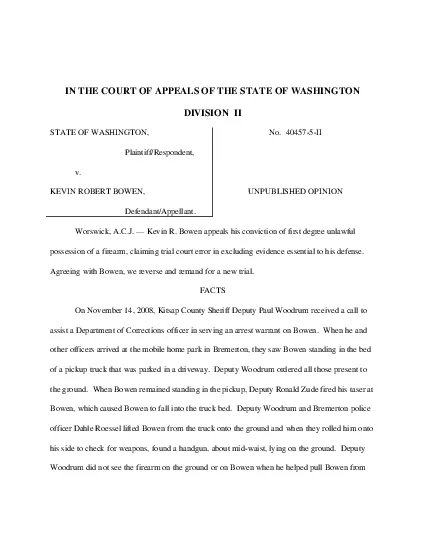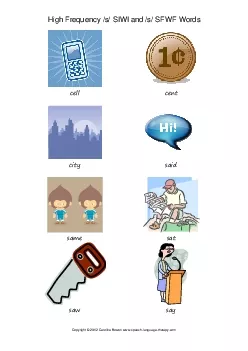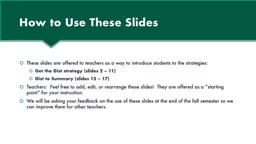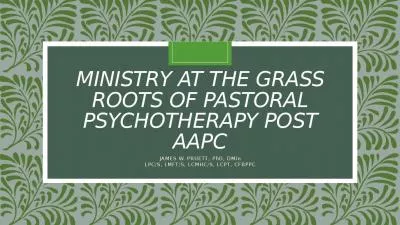PPT-Caroline Bowen PhD CPSP These informational slides have been downloaded
Author : freakapple | Published Date : 2020-06-23
with the authors permission from wwwspeech language therapycom Copyright 2014 Caroline Bowen Controversial Practices amp children with speech sound disorders
Presentation Embed Code
Download Presentation
Download Presentation The PPT/PDF document "Caroline Bowen PhD CPSP These informatio..." is the property of its rightful owner. Permission is granted to download and print the materials on this website for personal, non-commercial use only, and to display it on your personal computer provided you do not modify the materials and that you retain all copyright notices contained in the materials. By downloading content from our website, you accept the terms of this agreement.
Caroline Bowen PhD CPSP These informational slides have been downloaded: Transcript
Download Rules Of Document
"Caroline Bowen PhD CPSP These informational slides have been downloaded"The content belongs to its owner. You may download and print it for personal use, without modification, and keep all copyright notices. By downloading, you agree to these terms.
Related Documents

